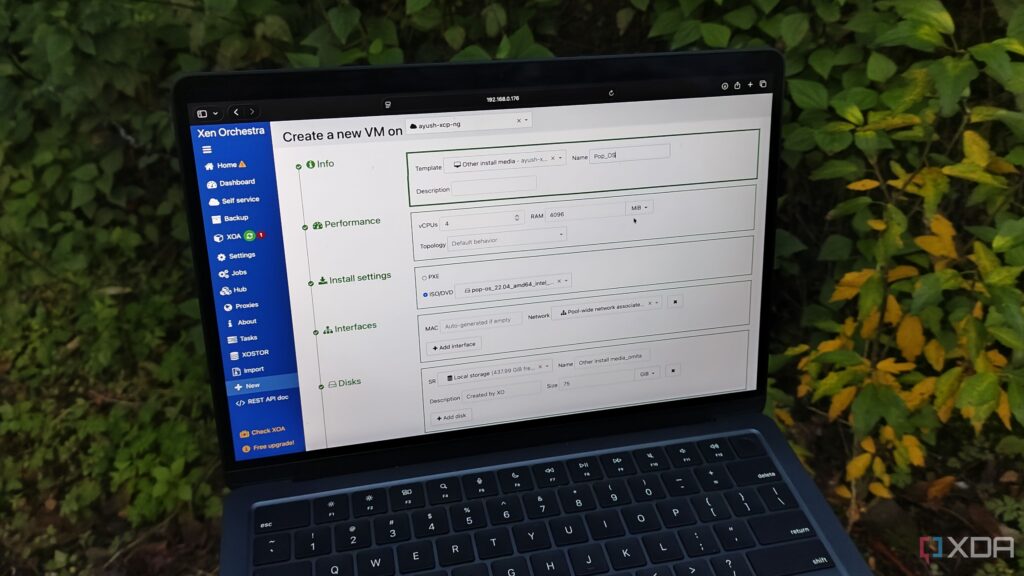
UPDATE: A tech enthusiast has switched back from XCP-ng to Proxmox for their home lab setup, citing essential features and community support as critical factors. This decision comes just days after the reinstatement of the free version of ESXi, highlighting the ongoing competition among virtualization platforms.
The user, who recently completed a detailed experiment testing XCP-ng’s capabilities, reported that while the Xen hypervisor offers solid performance, it lacks key functionalities that Proxmox delivers. “Proxmox simply ships with a ton of features and massive community support that are borderline essential for my home lab,” they stated.
The experiment utilized an old PC equipped with a Ryzen 5 1600, 16GB of memory, and a GTX 1080. The user followed the installation process for XCP-ng, which involved creating a bootable drive and navigating a menu-based setup interface. Although the initial setup was straightforward, the user encountered limitations with the management interface, Xen Orchestra Appliance (XOA), which required additional resources to function effectively.
Despite these challenges, the user praised XCP-ng’s performance, particularly its compatibility with Windows 11 virtual machines, thanks to built-in TPM 2.0 and Secure Boot emulation. However, the necessity of deploying a virtual machine for management added complexity and resource demands, raising concerns for users with less powerful hardware.
Notably, the official XOA imposes paywalls for essential features like backups and network proxies, frustrating users who prefer free alternatives. In contrast, the alternative management platform, Xen Orchestra, can be deployed without these restrictions but requires more technical effort to compile from the source.
The user expressed disappointment over the lack of native container support within XCP-ng, suggesting that while it remains a viable hypervisor in 2025, it may not meet the needs of all home lab users. They concluded that Proxmox’s streamlined interface and comprehensive functionalities make it the top choice for typical home server tasks.
This rapid switch back to Proxmox underscores the ongoing dialogue within the tech community about the best solutions for home lab setups. As virtualization technologies continue to evolve, users are encouraged to weigh their options carefully, considering performance, usability, and community support.
For those interested in exploring the possibilities of home virtualization, the user plans to continue experimenting with XCP-ng on a less demanding system while primarily relying on Proxmox for day-to-day tasks. As these platforms develop, the user community will undoubtedly play a vital role in shaping their future.





